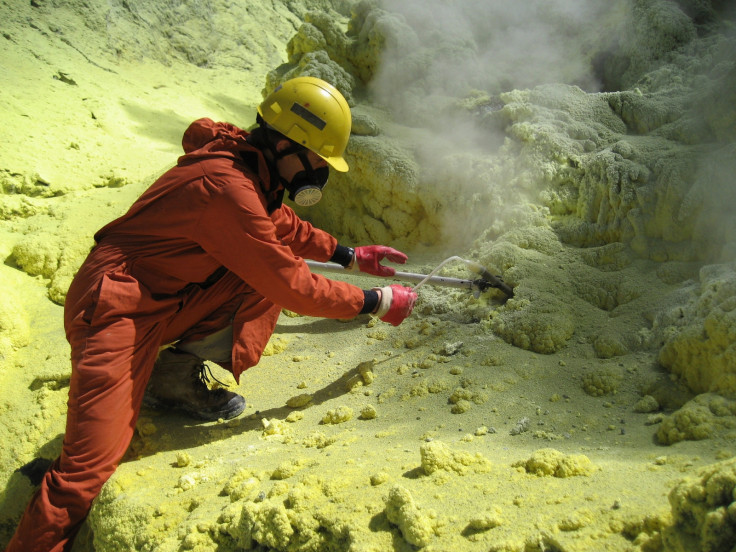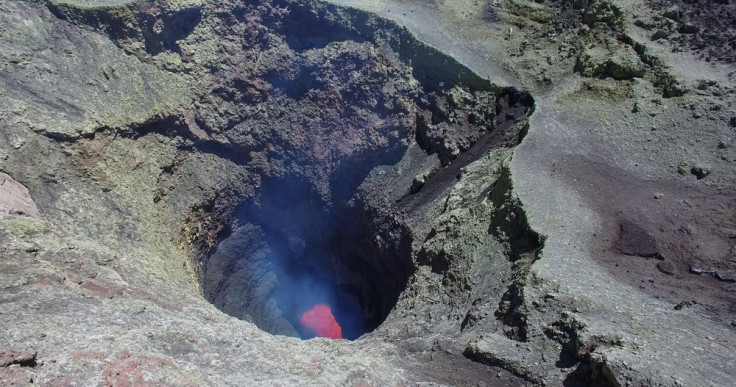How are scientists getting better at forecasting volcanic eruptions?
New tools and closer monitoring of volcanic gas emissions makes it easier to predict eruptions.
Every month, around 40 land volcanoes erupt in the atmosphere and many more on the sea floor do so in the oceans. These eruptions can sometimes be sudden and cause important human loss and economic damage but, every day, scientists are improving in their abilities to accurately predict when an active volcano will erupt.
In recent years different projects have been developed, and rolled out successfully, to monitor volcanoes and learn more about their activity. One has led to major advances to predict eruptions: the DECADE initiative.
The aim of such projects is to let scientists learn from the data they collect during volcano surveillance to get better at anticipating eruptions – thus reducing the human and economic toll of these natural events.
The DECADE initiative
Some of the most important advances have been made by the Deep Carbon Observatory (DCO), based on the idea that analysing "volcano breath" may improve forecasts of eruptions. In the context of the Deep Earth Carbon Degassing (DECADE) initiative, DCO scientists have set up automated monitoring stations at volcanoes around the world, to measure the gases they emit.
Years of work has allowed scientists to characterise changes to gas emissions that occur before an eruption. For instance, measuring gas emissions at Póas and Turrialba volcanoes in Costa Rica, a team from the National University in Costa Rica has observed remarkable changes in gas compositions before eruptions at these volcanoes.
"We're getting more and more confident that changes in the carbon to sulphur ratio precede eruptions," says lead scientist Maarten de Moor. "Potentially, we can now see an eruption coming just by looking at gas emissions. What is truly fascinating is how dynamic these volcanoes are in their degassing and eruptive behaviour. To understand the big picture of Earth degassing, we also need to understand the processes driving temporal variations in volcanic emissions."

The hope is that constantly measuring emissions could give scientists a heads-up, if an eruption is likely to happen. "We measure carbon dioxide, sulphur dioxide, and steam, the major gases emitted by all volcanoes on the planet", explains Tobias Fischer, a volcanologist at the University of New Mexico, USA, who leads the DECADE project.
"In the hours before an eruption, we see consistent changes in the amount of carbon dioxide emitted relative to sulphur dioxide. Keeping an eye on the ratios globally via satellites and on-site monitoring helps us learn the precursors of volcanic eruptions".
New sophisticated tools
To measure these different emissions of gas more accurately, new tools have also been developed in recent years for the scientists participating in the DECADE initiative.
Researchers in France have designed new geo-chemical tools that detect and monitor large-scale emissions of volcanic carbon dioxide – and other gases which typically are much harder to measure than sulphur dioxide. Carbon dioxide for example is colourless and ordourless.

Another, even more innovative, approach has come from Cambridge University researchers participating in the DECADE initiative. They measure volcanic gases from space using satellites. Combined with ground measurements, this powerful technique allows researchers to better define global volcanic emissions and to measure proportions of gas emitted – thus identifying more quickly the warning signs of an eruption.
The next step for DECADE will be to establish gas monitoring stations on 15 of the world's 150 most active volcanoes by 2019.
© Copyright IBTimes 2025. All rights reserved.






















